
National Museum of Egyptian Civilization
The National Museum of Civilization of is the only in Egypt that offers a general overview of all the different historical periods that encompass Egypt.
National Museum of Egyptian civilization
The Museum of Egyptian Civilization, It is worth visiting for the marvellous collection of artifacts that date back to various eras including the Pharaonic, Roman, Greek, Coptic, Islamic, and Modern.The National Museum of Egyptian Civilization is a museum located in the city of Fustat, Cairo. The museum contains fifty thousand artifacts that tell the stages of development of Egyptian civilization, in addition to a display of the achievements of the Egyptian man in various fields of life from the dawn of history until the present time. It also contains models, photographs, manuscripts, oil paintings, artistic artifacts, and antiquities from the Stone Age, Pharaonic, Greco-Roman, Coptic, Arab, and Sudanese civilization. And the modern era. The museum site overlooks a natural lake, Ain Al-Sira Lake.
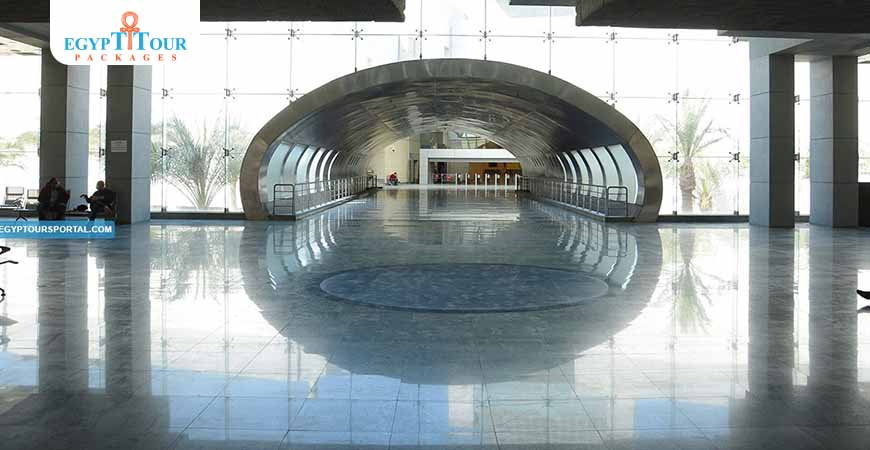
National Museum of Egyptian civilization location
The idea of establishing the National Museum of Egyptian Civilization dates back to 1982 when UNESCO announced an international campaign to establish the National Museum of Civilization and the The Nubia Museum, in Aswan, as a matter of fact, is deemed to be one of the most important Egyptian museums. Nubia Museum in Aswan. In 1999, the current location of the museum in Fustat was chosen instead of its previous location on the island, and archaeological excavations were conducted at the museum site in the period from 2000. Until 2005, the foundation stone for the museum building was laid in 2002, after excavation work carried out in 2000. The museum was officially opened on April 3, 2021.

National Museum of Egyptian civilization photos
The museum's collection is displayed in 9 halls, including a permanent main exhibition on the most important achievements of Egyptian civilization, with six thematic exhibitions covering the dawn of civilization, the Nile, writing, state and society, culture, beliefs and ideas, and an exhibition of royal mummies. The museum includes large temporary exhibition spaces, an auditorium and a center for education and research, as well as an exhibition related to the development of New Cairo. It will serve as a venue for a variety of events, including film screenings, conferences, lectures and cultural activities and will target local, national and international audiences.
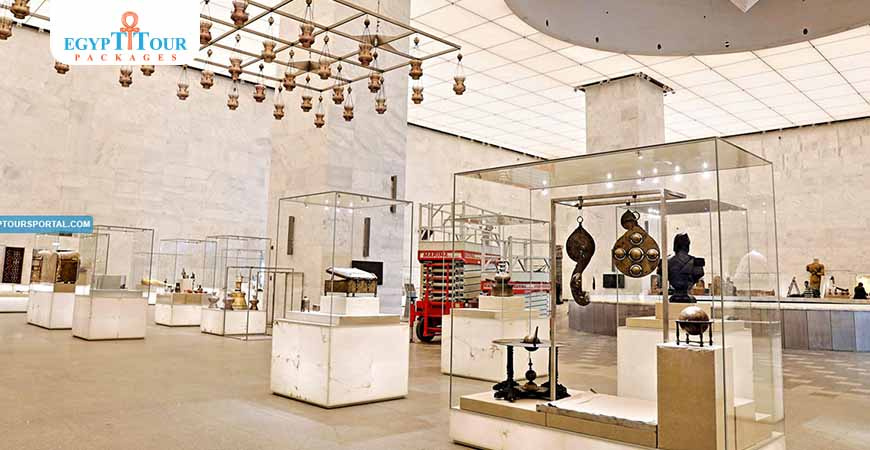
National Museum of Egyptian civilization cairo
The museum was officially opened on April 3, 2021, with a huge international parade and musical ceremony that included a procession transporting 22 royal Pharaonic mummies from the Egyptian Museum in Tahrir, in the presence of the President of the Republic, Abdel Fattah El-Sisi, Prime Minister Mostafa Madbouly, Khaled El-Anani, Minister of Tourism and Antiquities, Zurab Pololikashvili, Secretary-General of the Organization. World Tourism, and Audrey Azoulay, President of UNESCO

National museum of civilization Cairo
The most important feature of the Museum of Civilization is the hall that was specially designed to display the mummies of the Pharaonic kings and queens of Egypt, which creates for the visitor an atmosphere similar to the Used as a burial chamber for nearly 500 years, the Valley of the Kings was used for royal burials for the Kings,their families, and their possessions. Valley of the Kings area where these royal mummies were found in a manner befitting their status. 22royal mummies of 18 kings and 4 queens from the 17th dynasties until Twentieth Dynasty. Perhaps the most important and famous are the mummy of King Seqenenre Taa II, King Thutmose III, Queen Hatshepsut, King Ramesses II and King Ramesses III. The discovery of the royal mummies of the New Kingdom is one of the greatest and most strange archaeological discoveries in human history. In this case, they were not masterpieces of art, but rather the sacred bodies of the builders of Egyptian civilization in the New Kingdom, those who believed in life after death and devoted a significant portion of their wealth to conquering death. According to their beliefs, they preserved their bodies for their souls. They carved their tombs into the rocks of the valley on the west bank of the Nile near their capital at Thebes, and provided them with everything necessary for life after death. After that, the entrances to the tombs were closed and the rooms were hidden, so that the mummies would remain preserved forever and play their role in another world, the home of the soul in life after death.

National Museum of Egyptian civilization Mummies
In a majestic historical scene, the procession of the royal mummies departed from the Egyptian Museum in Tahrir Square, in the center of the Egyptian capital, Cairo, to the National Museum of Egyptian Civilization in Fustat, south of the capital, where the royal mummies will rest in their final resting place. Upon its arrival at the Museum of Civilization, the royal procession consisting of 22 mummies (18 kings and four queens) was received by President Abdel Fattah al-Sisi, and the honor guard fired a 21-gun salute to the kings of Egypt in front of the museum. Egyptian Minister of Antiquities Khaled Al-Anani said that King Seqenenre will lead the procession of kings on their final trip to the Museum of Civilization in a manner of reverence. This is after they spent 100 years in the Egyptian Museum in Tahrir.
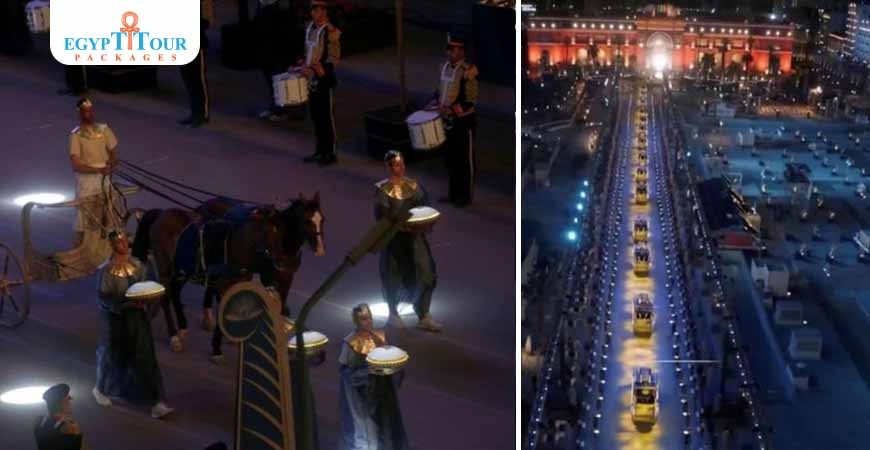
National Museum of Egyptian civilization NMEC
The procession moved through vehicles decorated with Pharaonic drawings and inscriptions and equipped with a special atmosphere containing nitrogen so that the mummies were in suitable conditions for transportation. Each vehicle bore the name of the king inside it, amid tight security guarding, and the procession was presented on motorcycles of the Republican Guard. The procession took about 40 minutes, during which it covered seven kilometers. It was led by King Seqenenre of the Seventeenth Pharaonic Dynasty (sixteenth century BC), and at its back was King Ramesses IX of the Twentieth Dynasty (twelfth century BC. It also included King Ramesses II and Queen Hatshepsut. Thousands of Egyptians gathered to watch the historical event, and along the procession route, where Pharaonic ceremonies began from Tahrir Square and the carriages carrying the mummies of the kings set off, amid solemn celebrations, which extended to the Museum of Civilization, where a concert was waiting for the kings. Tahrir Square was also decorated with a Pharaonic obelisk brought from Luxor, and the surrounding buildings were decorated with lights. President Sisi opened the central hall of the National Museum of Egyptian Civilization, which received the procession of royal mummies, which includes approximately 1,600 artifacts of Egyptian civilization across its various eras, starting from prehistoric times and passing through the Pharaonic, Greek, Roman, Coptic, and Islamic eras, all the way to the modern and contemporary era.
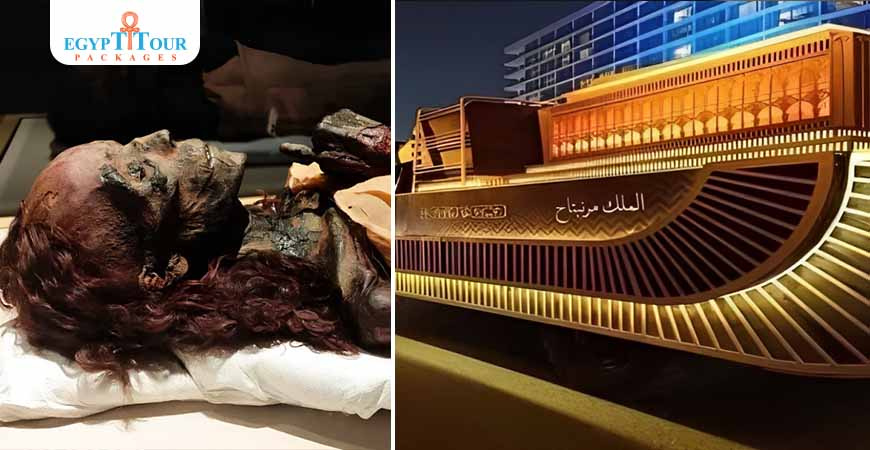
Post A Comment
Your Email Address Will Not Be Published.
Hot Categories
Topics of Cairo
Table of Contents
- National Museum of Egyptian civilization
- National Museum of Egyptian civilization location
- National Museum of Egyptian civilization photos
- National Museum of Egyptian civilization cairo
- National museum of civilization Cairo
- National Museum of Egyptian civilization Mummies
- National Museum of Egyptian civilization NMEC


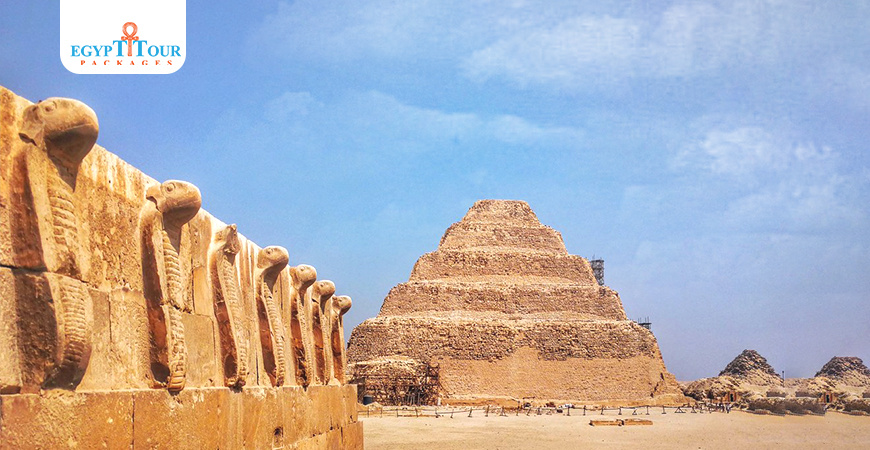







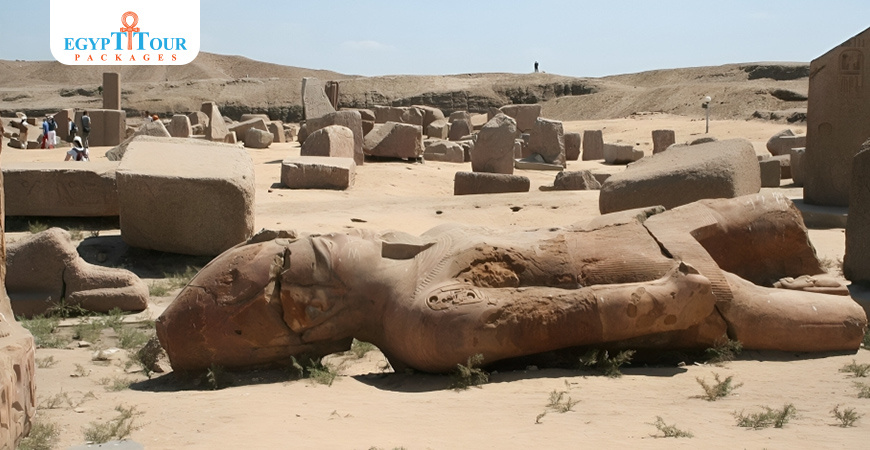


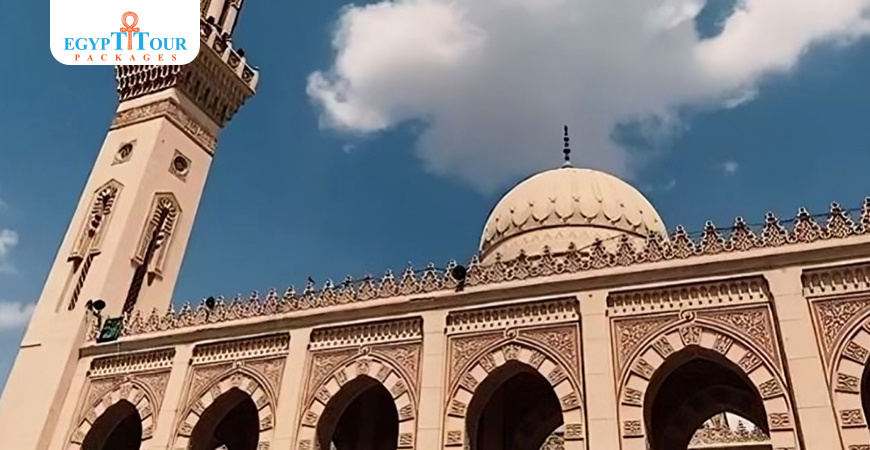


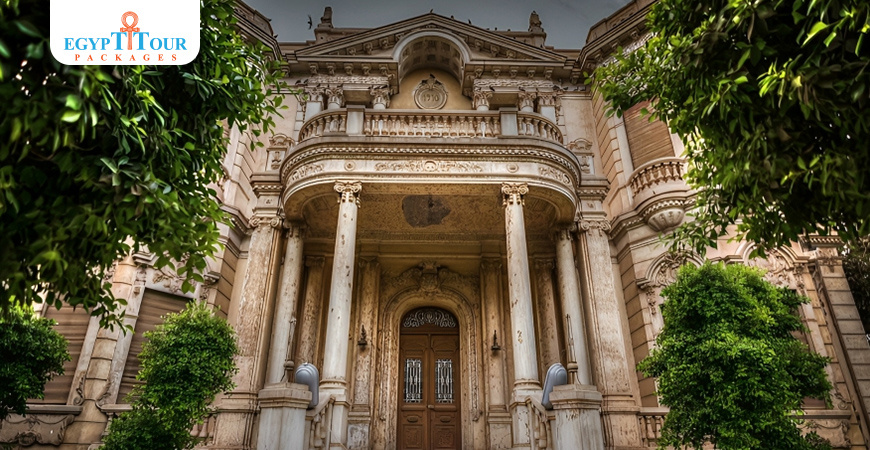
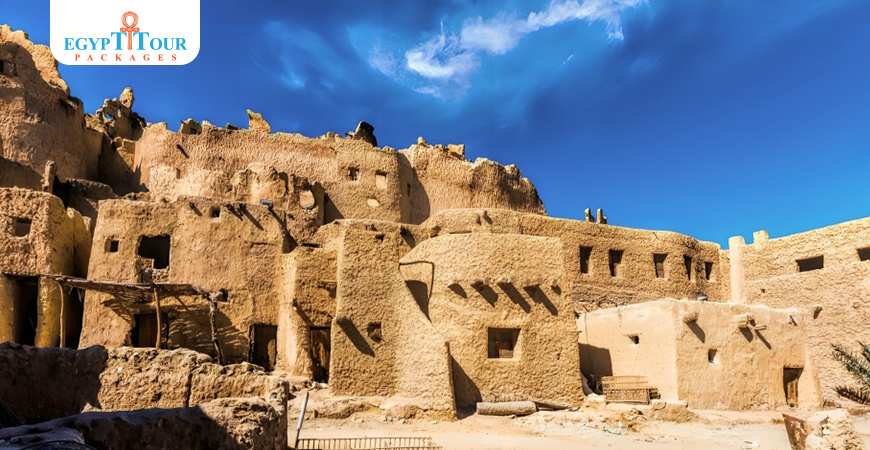
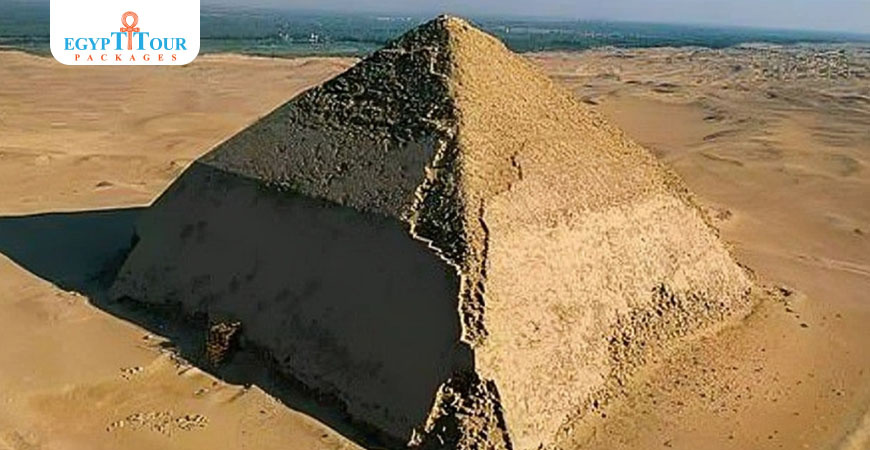
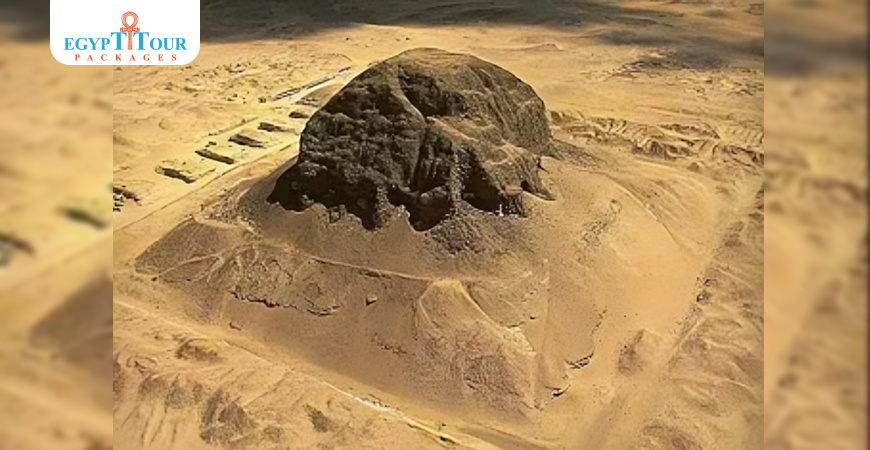
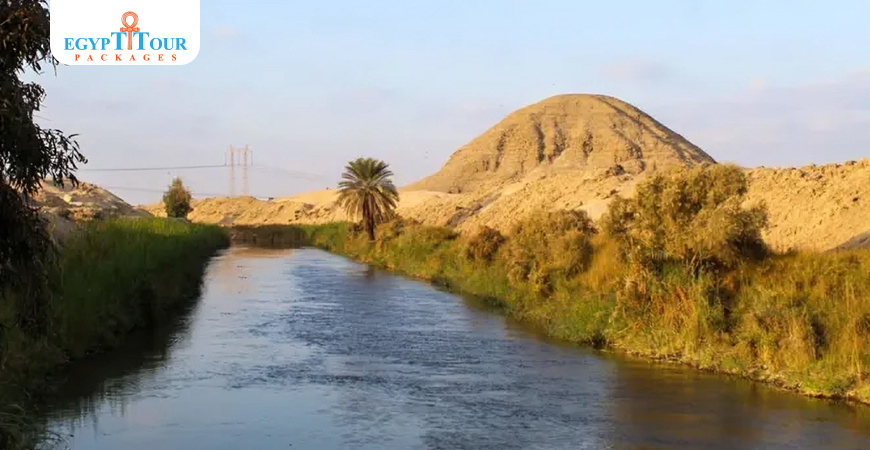
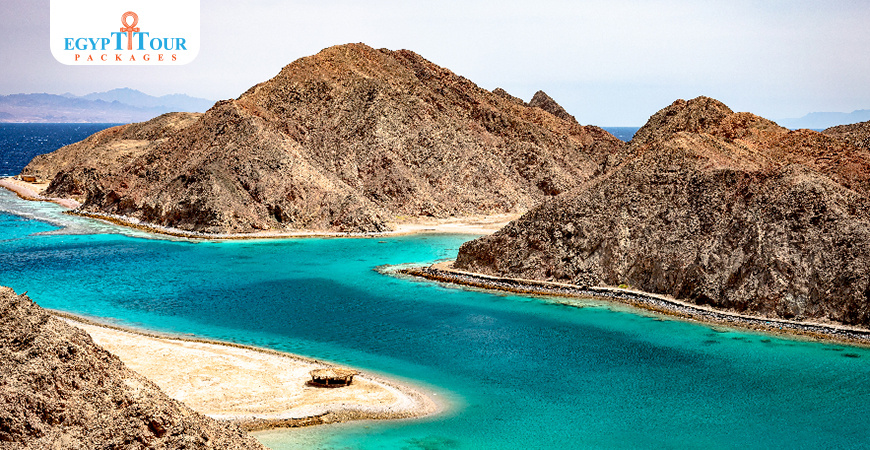

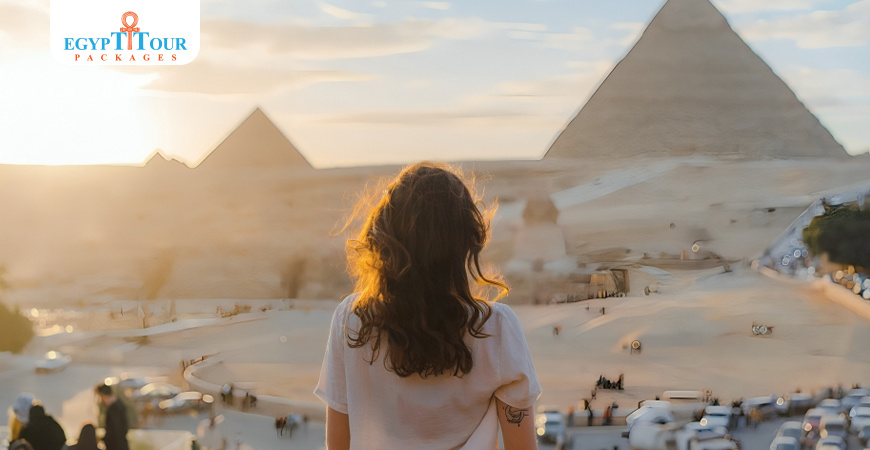
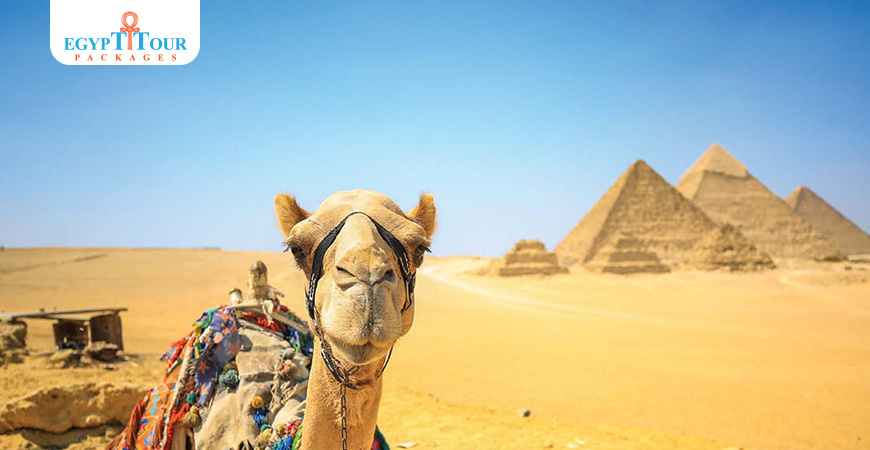











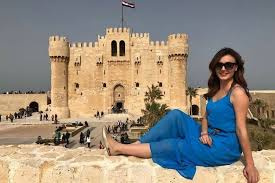

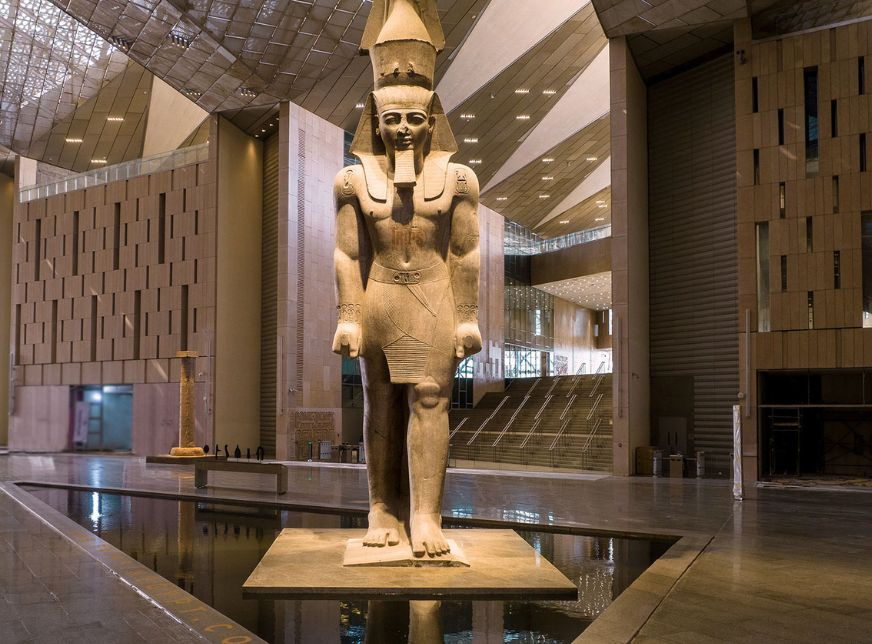






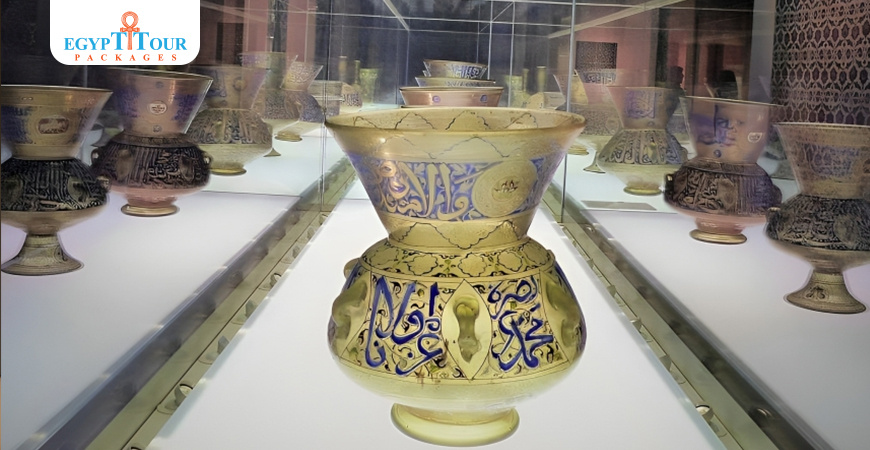





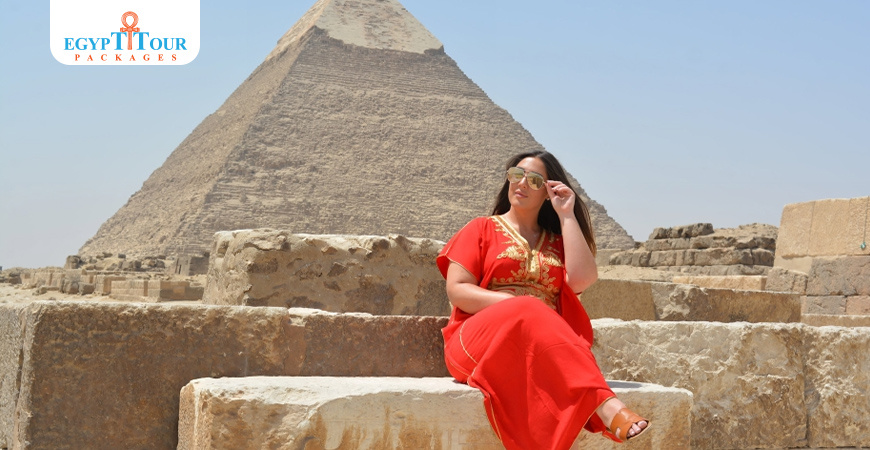
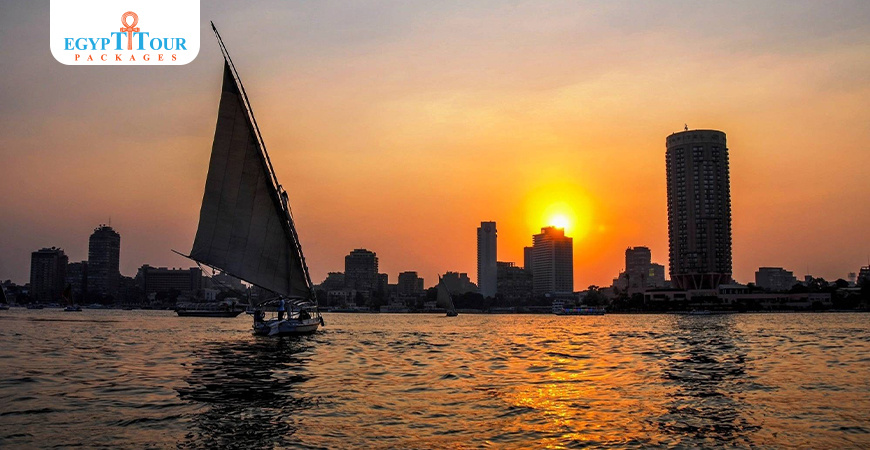
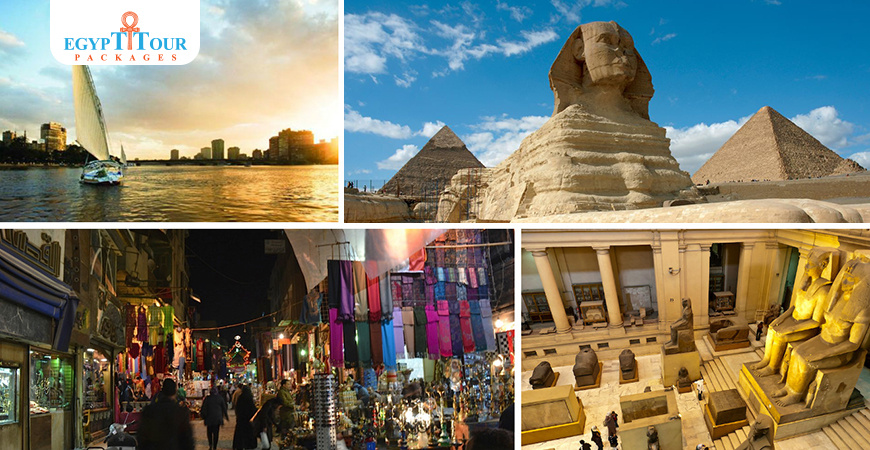




0 Comments